The exhibition Party Out Of Bounds: Nightlife As Activism Since 1980 at LaMaMa Galleria NYC features 29 artists and collaborators working in a wide variety of mediums including photography, video, painting, sculpture, drawing and site-specific installations. The show and programming focus on the intersection of the ongoing HIV/AIDS crisis and nightlife from the 1980s to the present. Since the beginning of the AIDS pandemic, nightlife has been an escape, a community, a forum for information about safer sex practices and a center for activism.
Party Out Of Bounds presents both past and present nightlife scenes from Nelson Sullivan’s video documentation of late performers Ethyl Eichelberger and John Sex, to Jessica Whitbread’s No Pants No Problem Party, an underwear dance party exploring social gathering as a space of advocating for HIV and sexual/gender rights and combatting stigma. The exhibition also highlights archival materials including event flyers by artists Keith Haring and David Wojnarowicz, as well as ephemera from clubs such as MEAT and the Clit Club that merged activism, art, performance and parties.
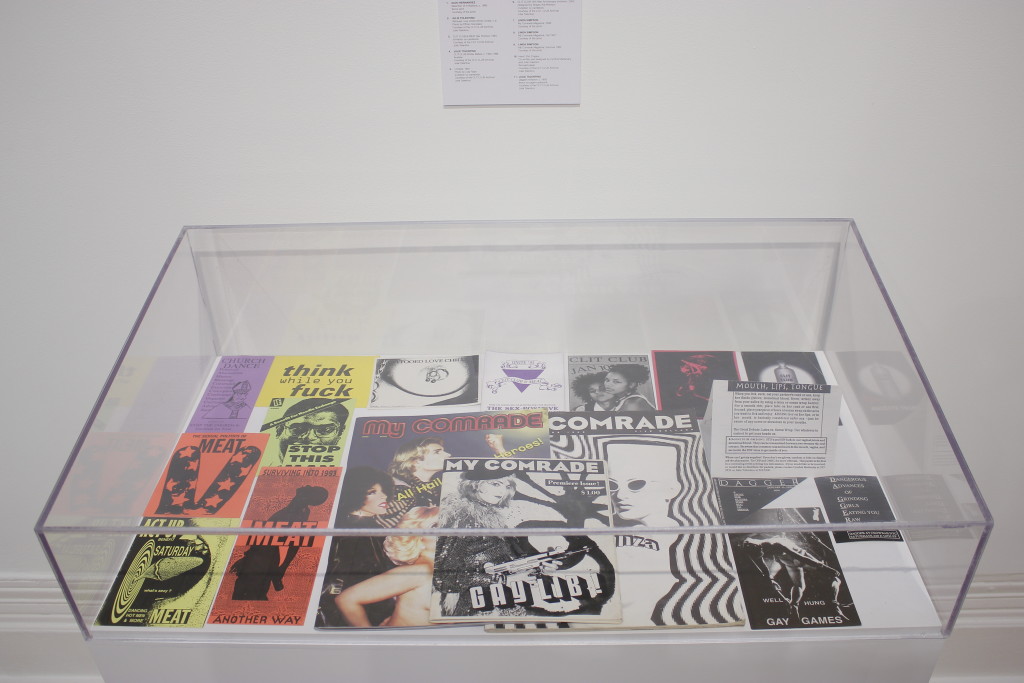
Taking its title from a B-52’s song, Party Out Of Bounds showcases the transformative possibilities of nightlife as an alternative form of activism. The programming started on September 18th and goes until October 10th.
By creating intergenerational connections between artists such as Peter Hujar, Kia Labeija, John Waters, Wu Tsang and Chloe Dzubilo, Party Out Of Bounds articulates the continual importance and influence of nightlife on different generations. Not only a celebration, the exhibition also acknowledges the losses due to HIV/AIDS whether artists, performers, nightlife participants or the closure of these event spaces themselves.
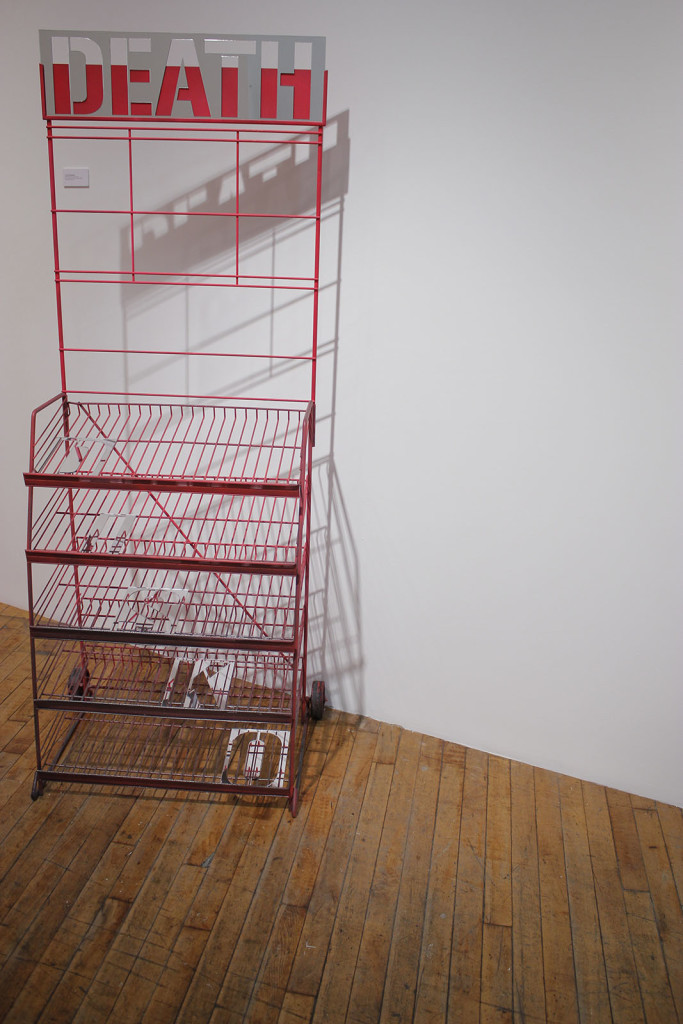
Interview with the organizers Osman Can Yerebakan and Emily Colucci by Winter Mendelson, Founding Editor
Photography by Azmi Mert Erdem
W: How did you come to work not only together, but also with Visual AIDS?
O: We met through performance artist Ron Athey’s automatic writing workshop at Participant Inc in the summer of 2013. Emily was covering this workshop for New York Magazine’s Bedford + Bowery and I was one of the participants. We are both fans of artist David Wojnarowicz and wrote about his work in the past.
E: I had just started my blog Filthy Dreams, which looks at queer art and culture so Osman started writing for the blog. As for Visual AIDS, Visual AIDS held an open call for proposals in December 2013 for their annual exhibition program at LaMaMa Galleria. I was familiar with Visual AIDS though my writing, in which I often focus on the intersection of art and queer culture including HIV/AIDS activism. I reviewed their exhibitions in the past and always admired their support of artists living with HIV/AIDS and the legacies of those who have passed. Osman and I submitted our proposal for Party Out Of Bounds and Visual AIDS selected our idea for the 2015 show. We will have been working on Party Out Of Bounds for just under 2 years.

W: Can you tell our readers a bit about your backgrounds and work with nightlife activism?
E: Nightlife has been a longtime inspiration of mine, particularly with artists and performers such as John Sex, Klaus Nomi, Dean Johnson and Ethyl Eichelberger. Coupled with nightlife, I am also interested in the artistic history of HIV/AIDS activism. The first work I ever published was an academic essay on David Wojnarowicz’s representations of Peter Hujar’s death so I’ve been delving into these topics for years now.
Filthy Dreams was initially conceived of as a sleazy confetti-riddled nightclub with variety acts appearing on the hour every hour while sitting with my co-founder Marion in various bars around Lower Manhattan. Sure, we lowered our expectations and started a blog instead but the focus on nightlife and its intersection with activism is still there. Party Out Of Bounds is the kind of party we’d like to throw anyway.
O: My Master’s thesis was on physical pain in performance and its institutionalization in recent years. During this period, I became interested in what is referred to as the “Downtown” art scene and its expansive legacy.
W: How do you think (NYC) nightlife has changed since the beginning of the AIDS pandemic?
O: A big part of this exhibition looks at this aspect actually. Bygone nightclubs and bars from the 1980s and 1990s serve to cement a narrative of activism and nightlife. We hope to trace a legacy between the artists that witnessed that era, as well as younger artists who are looking back at this long history and reflect it in their works.
E: It’s hard to pinpoint succinctly the evolutions in, specifically New York nightlife, since New York is so ever-changing. Sarah Schulman articulates very clearly the evolution of more DIY clubs such as Pyramid and Club Chandelier that held performances into more business-oriented, larger clubs such as Area in her fantastic book The Gentrification of the Mind, which looks at the duel effect of the HIV/AIDS pandemic and gentrification. I think both the HIV/AIDS pandemic and gentrification have irrevocably changed the city’s nightlife landscape.
W: What do you hope a visitor of your exhibition series will learn and take away?
E: Nightlife–at least until recently–is not generally taken seriously in the art world. You won’t learn about the Clit Club in Art History class. With Party Out Of Bounds, we would like to showcase the importance of bars and clubs during the ongoing HIV/AIDS pandemic as not just a form of escapism, but also as locales for activism, community-building, support and artistic experimentation. Ideally, Party Out Of Bounds can be a catalyst for a larger discussion about the significance of nightlife and more critical attention on nightlife of both the past and present.
W: If someone was seeking a LGBTQI underground/nightlife community, where would you recommend they go today?
O: Technology has had a major influence not only for finding your community but also finding your voice in the first place. I think people go out after connecting online first.
E: Maybe we’re not the people to answer this question. In all honesty, maybe some of the readers could let us know. I think, as Osman says, Tinder, Grindr and other apps have changed how we connect to others. You don’t necessarily have to go to a club or bar to find a community. I think that there are smaller, one-off parties that do continue in the legacy that we’re showcasing in Party Out Of Bounds like Jessica Whitbread’s No Pants No Problem Party, which is an underwear dance party organized to both raise money for HIV and gender/sexuality advocacy groups, as well as help party-goers break down boundaries between sex, gender, serostatuses, etc.
W: What do you two do when you’re not curating amazing events and exhibitions?
E: I’m an arts writer on both my blog Filthy Dreams and countless other places–Hi-Fructose Magazine, Malibu Magazine, ArtVoices Magazine, wherever will publish me. I also recently started a podcast with my friend Clark called Filthy Streams, which can be found on Filthy Dreams. While Filthy Streams isn’t about art per se, we talk about everything from Kim Davis to Pumpkin Spice Twinkies and everything in between while drinking dirty martinis in his Brooklyn apartment. It’s the podcast nobody asked for.
O: I write art reviews for different publications and raise a nine-month old puppy.
LaMaMa Galleria, 47 Great Jones St, New York
+ In This House: AIDS, Arts and Activism in the Vogue Ball Scene
La MaMa Galleria September 24 with Luna Luis Ortiz, Kia Labeija, Milton Garcia Ninja, Elegance Bratton & Martez Smith
+ John Walter: Courtship Disorder
White Cubicle Toilet Gallery (London) September 29
+ Party Out Of Bounds & Fashion Undergound: Tour & Discussion
La MaMa Galleria & FIT September 30
+ THE HARD CORPS: clubs, sex, activism, bodies
La MaMa Galleria October 1
with Julie Tolentino, Aldo Hernandez, Joshua Lubin-Levy and more
+ Linda Simpson: Drag Explosion
La MaMa Galleria October 8
+ Closing Event: Curator Talk
La MaMa Galleria October 10
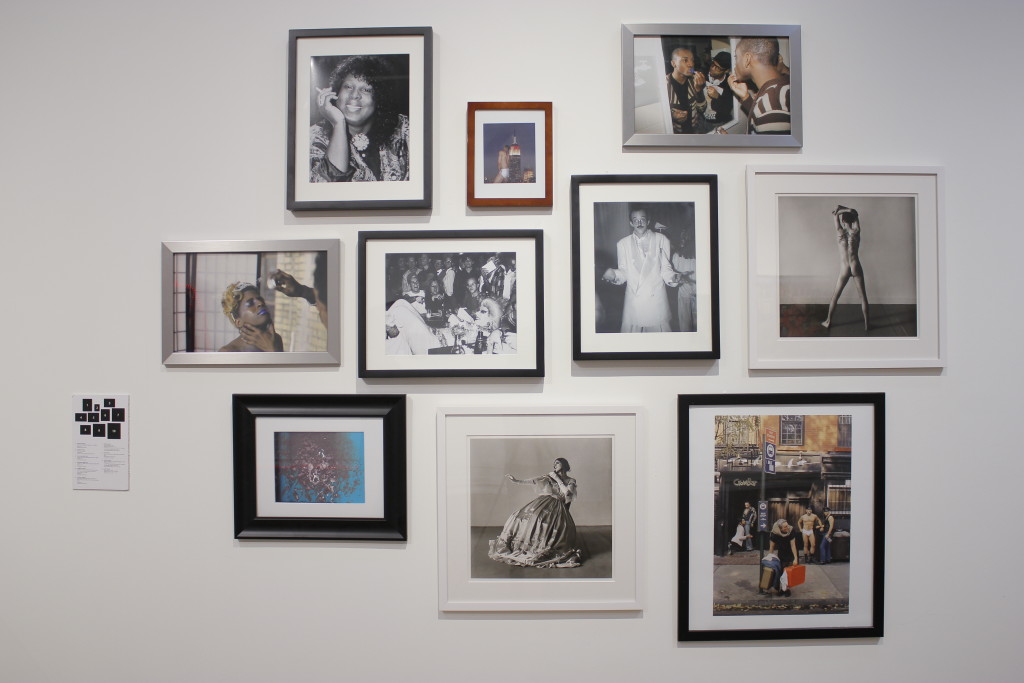
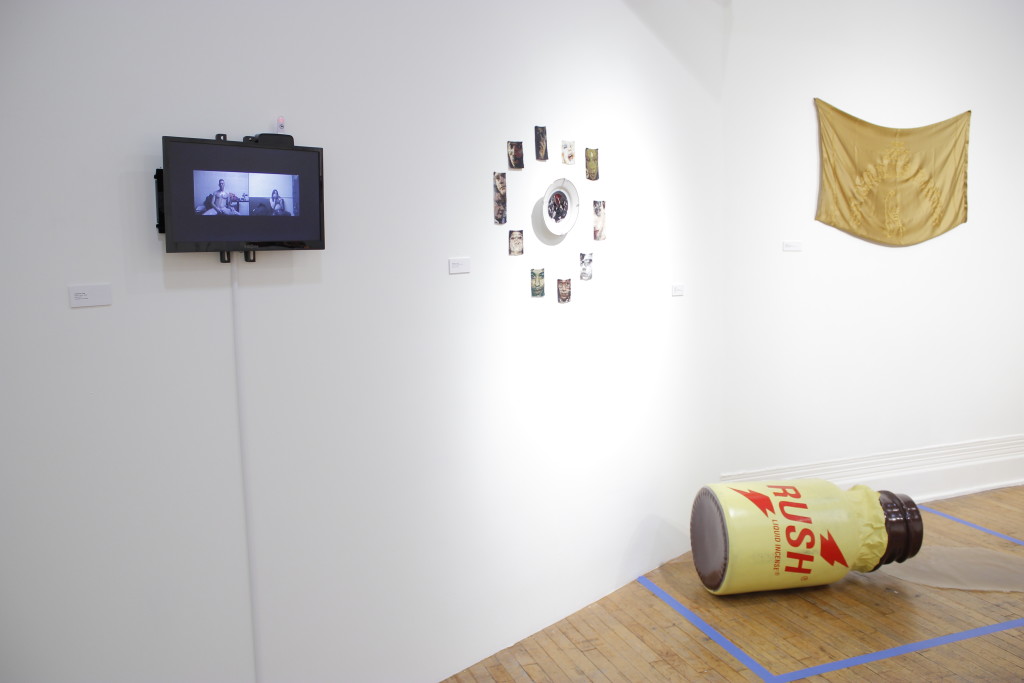
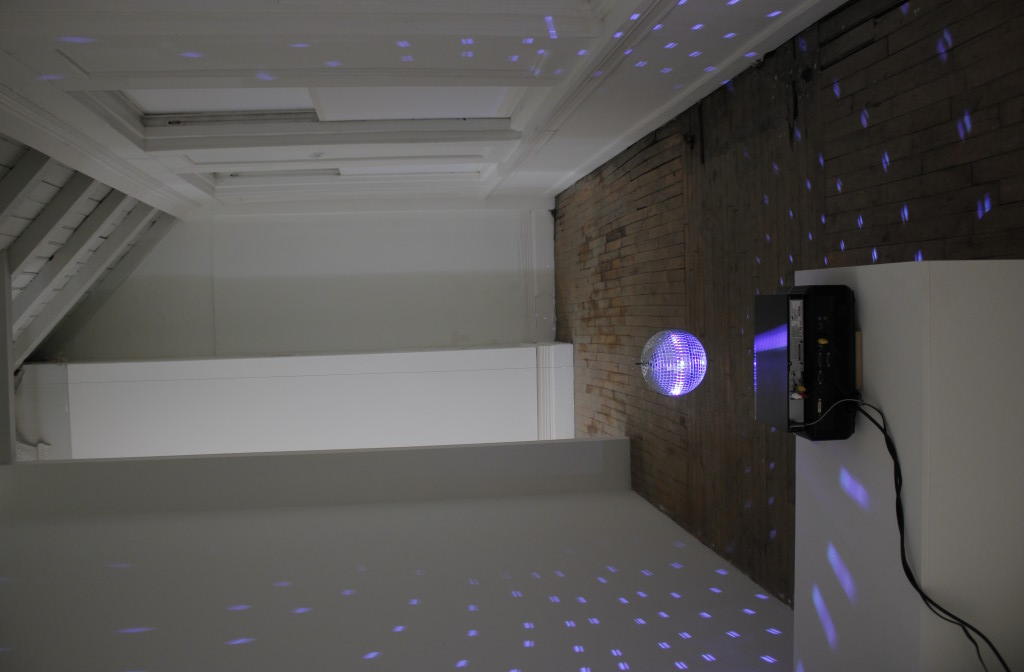
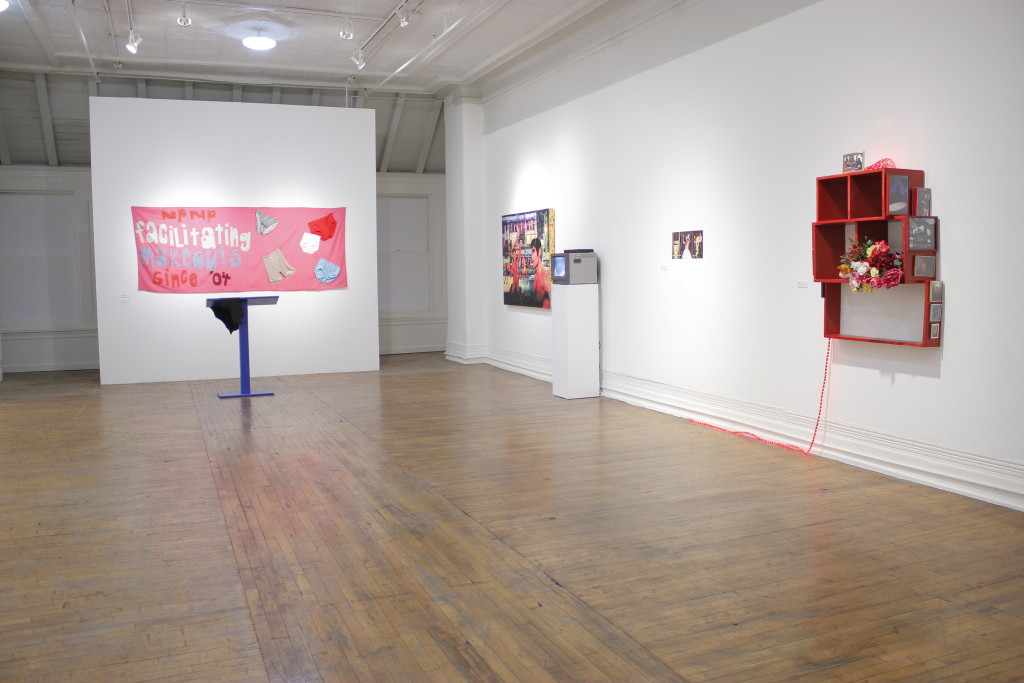
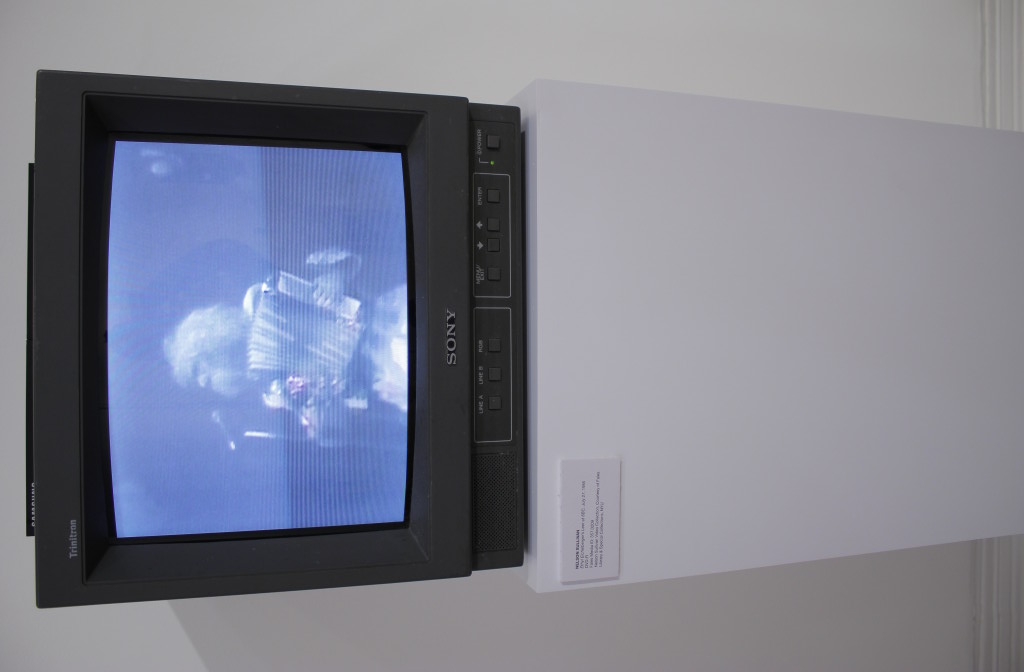
For additional information please visit visualaids.org.
